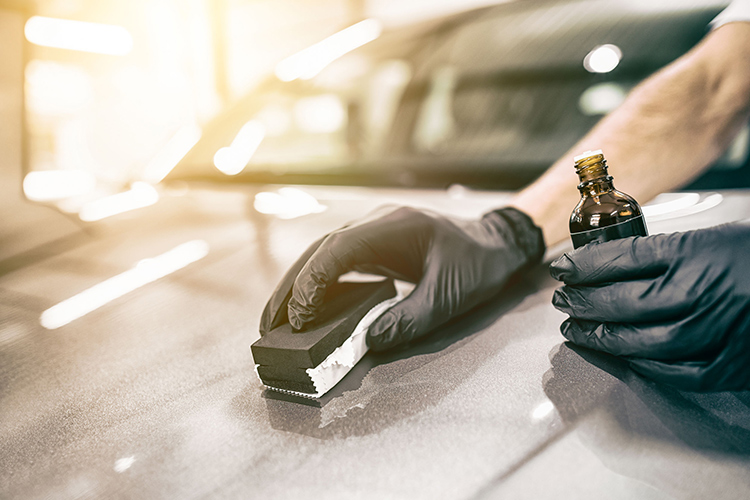
Ceramic coatings are a type of sealant.
Sealants and glazes are terms you often hear about when it comes to car detailing.
In the past, they used to be two different things.
However, this is no longer the case today, with manufacturers formulating products that perform both functions.
Before we continue, let’s define what sealants and glazes are.

Autoglym’s Extra Gloss Protection is an example of a traditional sealant.
Traditionally, sealants were designed to seal or “lock in” your paint finish.
After washing, claying and polishing your paintwork, you would apply a sealant to preserve and protect the finish you achieved.
Today’s ceramic coatings are considered sealants, too.
You only apply them after the surface has been made as defect-free as possible.
If you apply a ceramic coat over a surface filled with swirls and scratches, the paintwork will look shiny.
But upon closer inspection, the defects will all be visible, too.
Glazes are designed to fill in minor scratches and reduce the appearance of imperfections.
Traditional glazes are formulated to help you perfect your paintwork by filling in those minor scratches.
After you applied glaze to your car, you would then finish with – yup, you guessed it – a sealant.
Alternately, some detailers prefer applying a coat of wax (synthetic or natural) as the final step.
Glazes could beautify your finish, but it couldn’t protect it alone.

There are products today that perform both functions!
To save time, you can choose a product that glazes and seals your paintwork in one step.
Meguiar’s Mirror Glaze, for instance, is a synthetic sealant that also acts as a glaze.
Auto Finesse has something that goes a step further.
Tripple is marketed as a 3-in-1 product that polishes, glazes and waxes paintwork in a single step.
It doesn’t matter which sealant, glaze or 2-in-1 product you use…
What really matters is that you do the proper surface prep and use clean cloths and applicators.
This will help ensure that you achieve the most optimal results.












